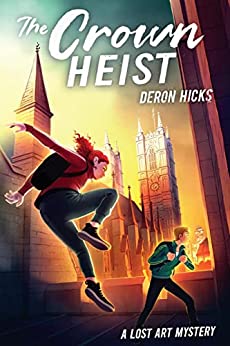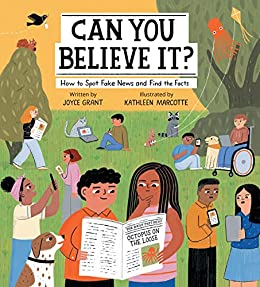Middle school is a tough time for many students, but especially if they have problems with social anxiety. Mix that in with having a father who just began running from the police for dealing marijuana (this story is set in Halifax, Nova Scotia) and a mentally unstable mother who entered the hospital, both on your thirteenth birthday. Oh, so sorry Brian. Now Brian and his younger brother are being put into foster care, at least for the time being.
Brian and Ezra were on the same basketball team last winter. They think they can call each other a friend, but Brian is so quiet, shy even, that it is difficult to tell. Ezra does say, “Hi,” to Brian and Brian will try to give a response back.
Then, there is Ezra who is figuring out his sexual orientation is different from his other friends from grade school. How will Ezra’s friends react if-and-when Ezra tells them. One of these friends is all about having a girl friend and wants Ezra to notice a specific girl who is interested in him. Oh, Ezra.
Fate has put Brian and Ezra together just as author Chad Lucas has by assigning all odd numbered chapters to Brian and all even numbered chapters to Ezra. Fate has been kind to both Brian and Ezra in doing this.
When foster care is extremely difficult to handle, especially because of Brian’s past birthday and Brian stands up for himself to a school bully, Brian finally takes matters into his own hands. Brian and his younger brother run away. While Brian’s running away is on a ‘need-to-know’ basis at school, the police officer and his social worker, are involved. Brian’s mother, Brian’s father’s good friend, and eventually Ezra round out the team who convince Brian to return ‘home’.
“A little kindness goes a long way” (p. 124) and this story will definitely have readers wanting kindness to win!


